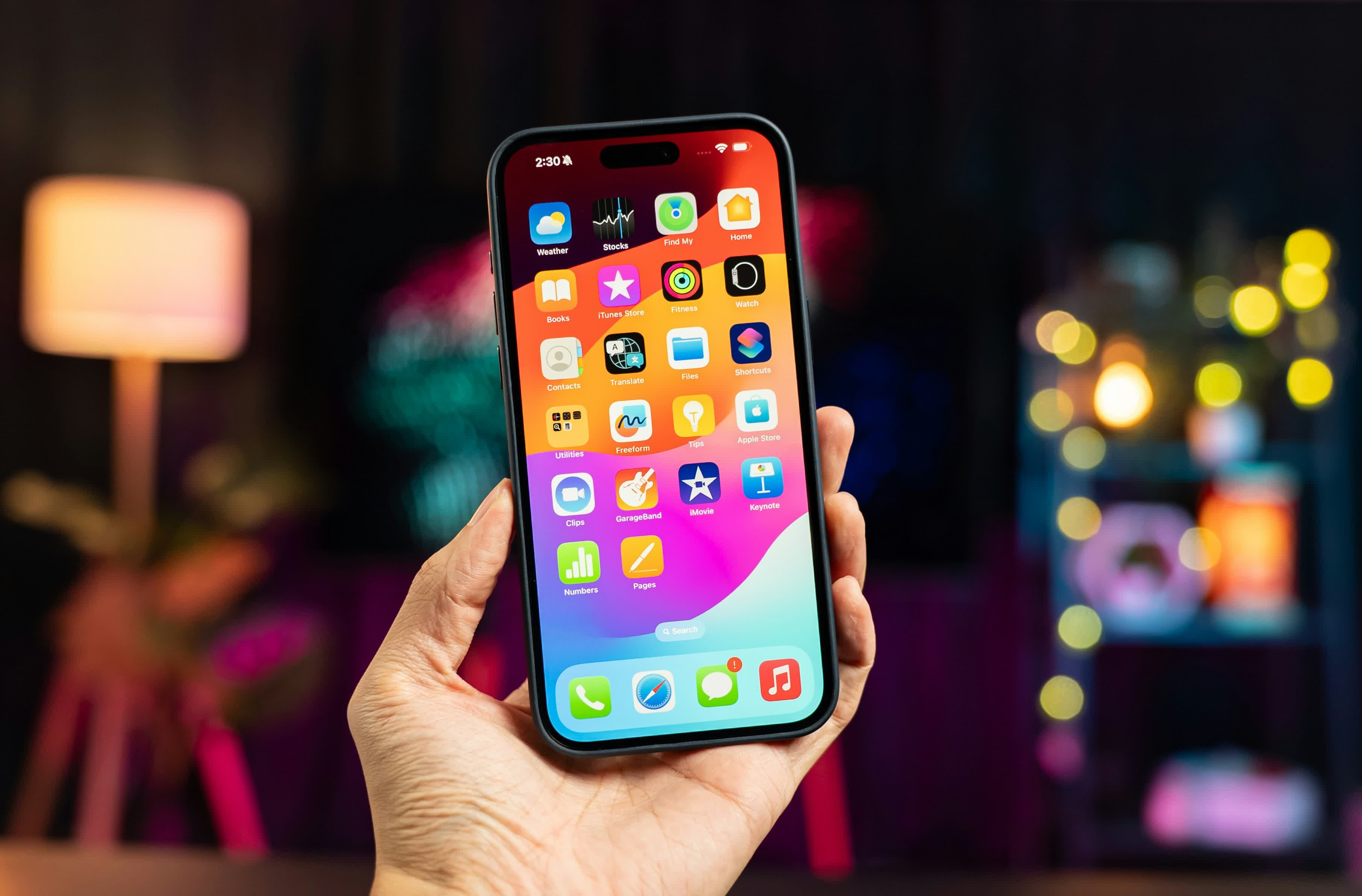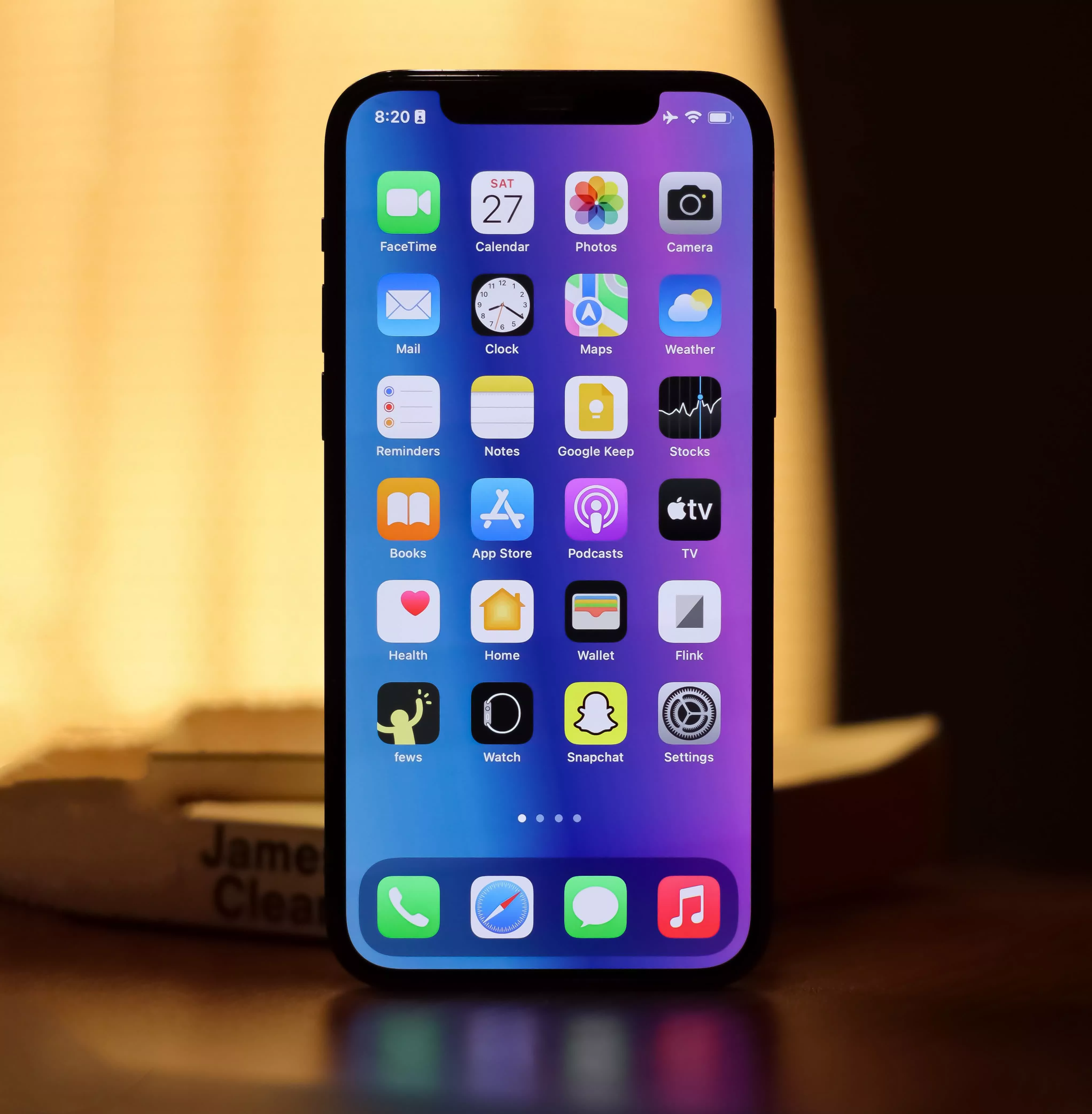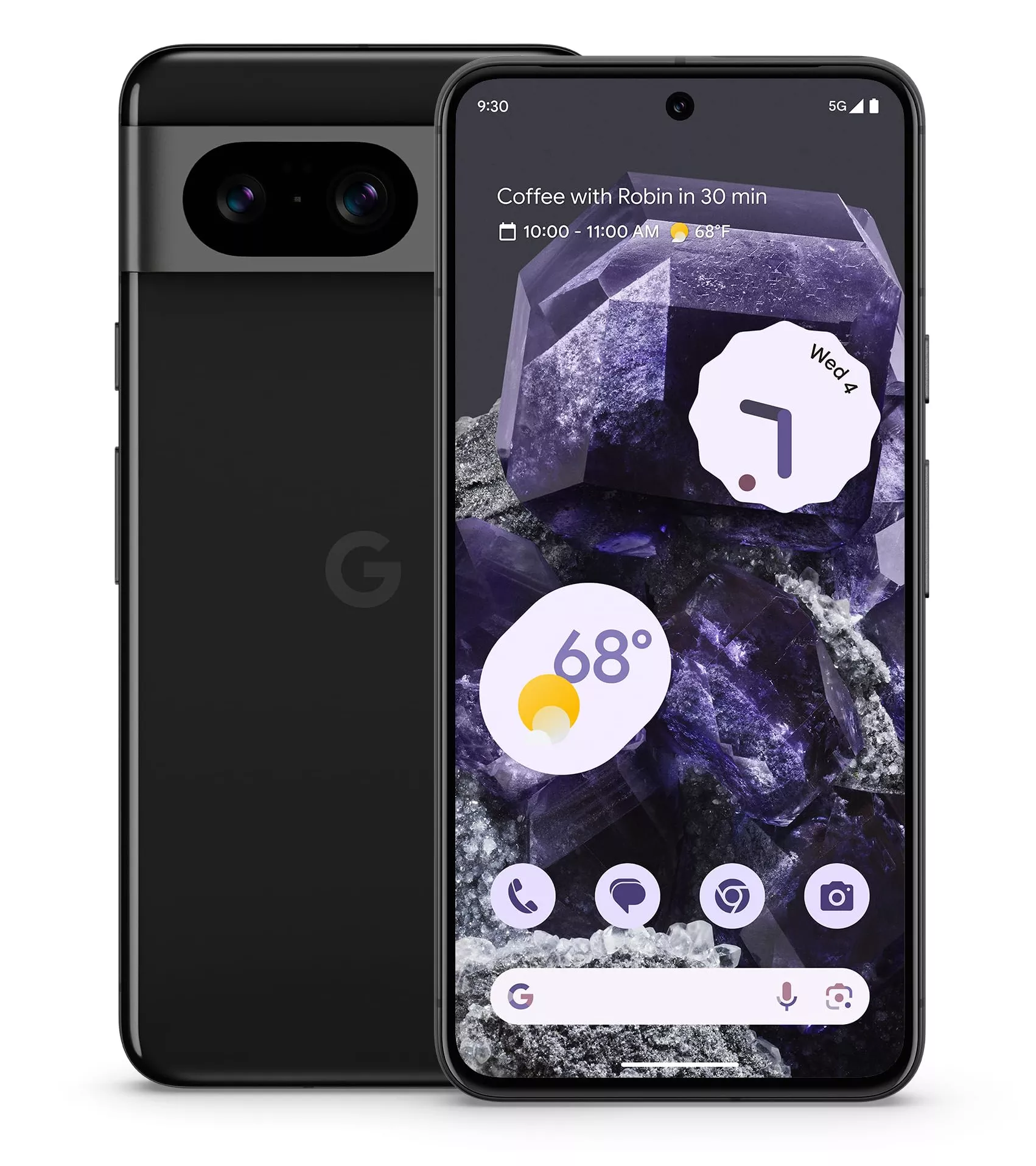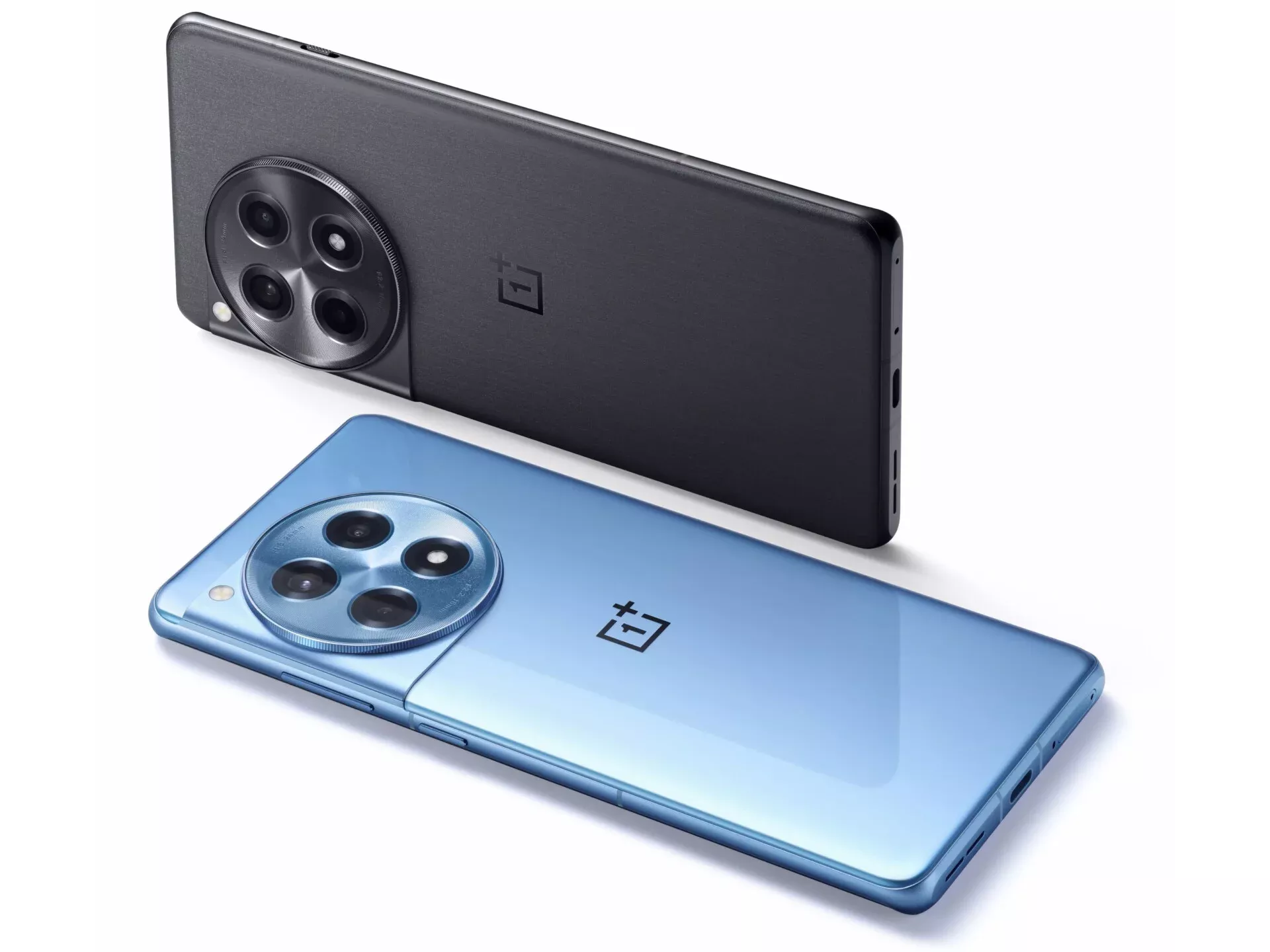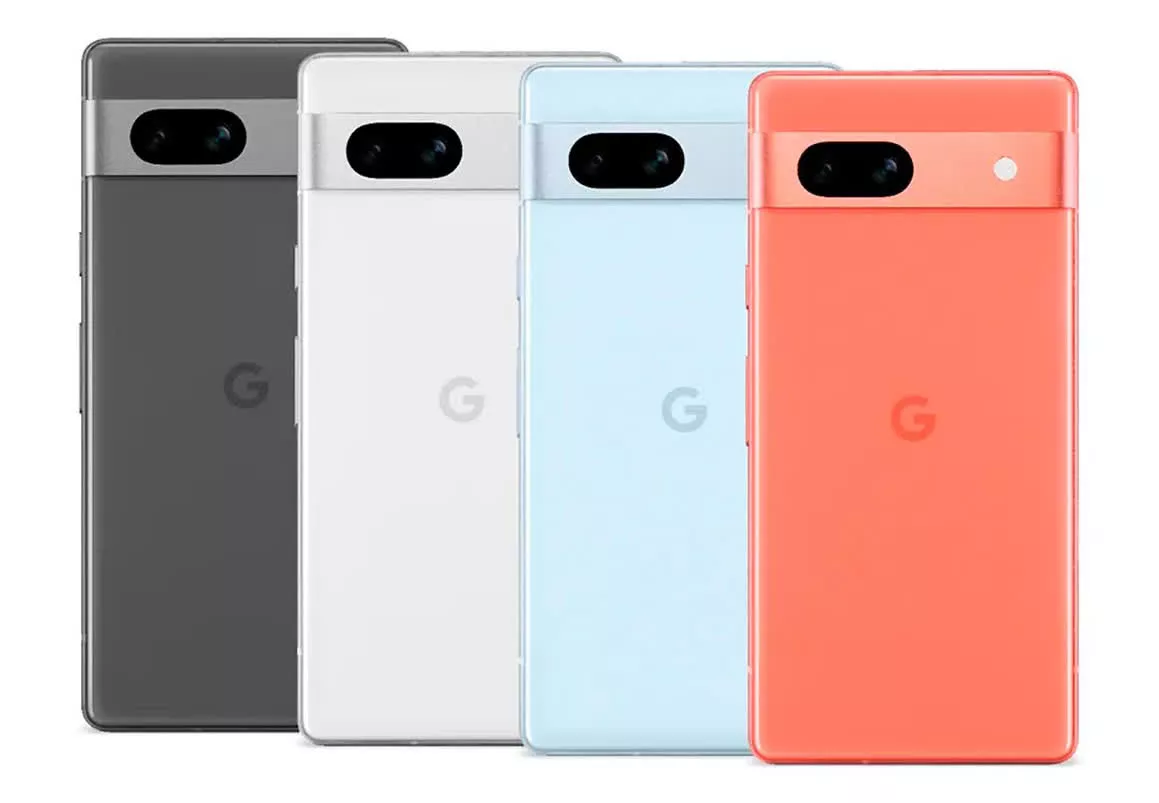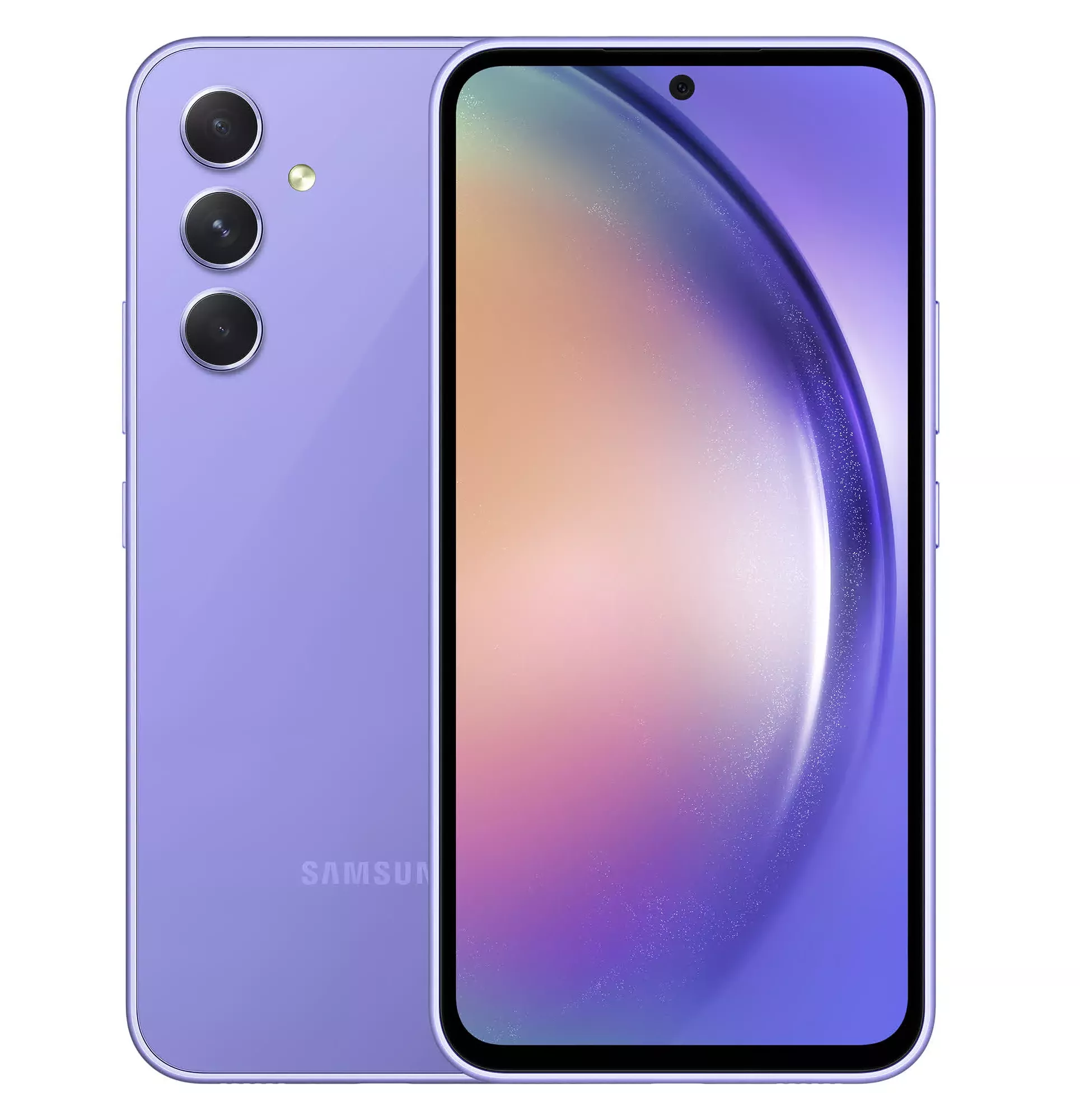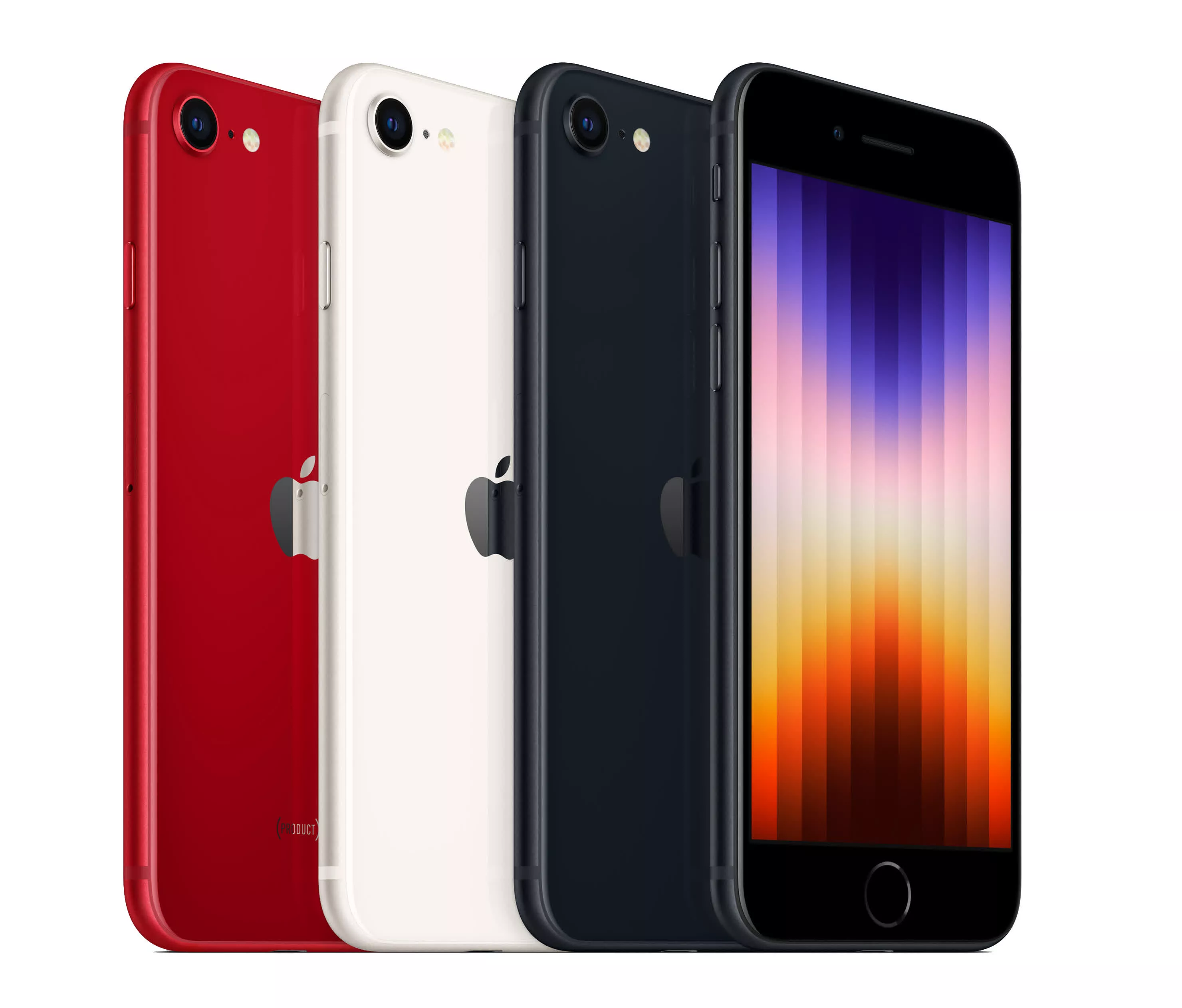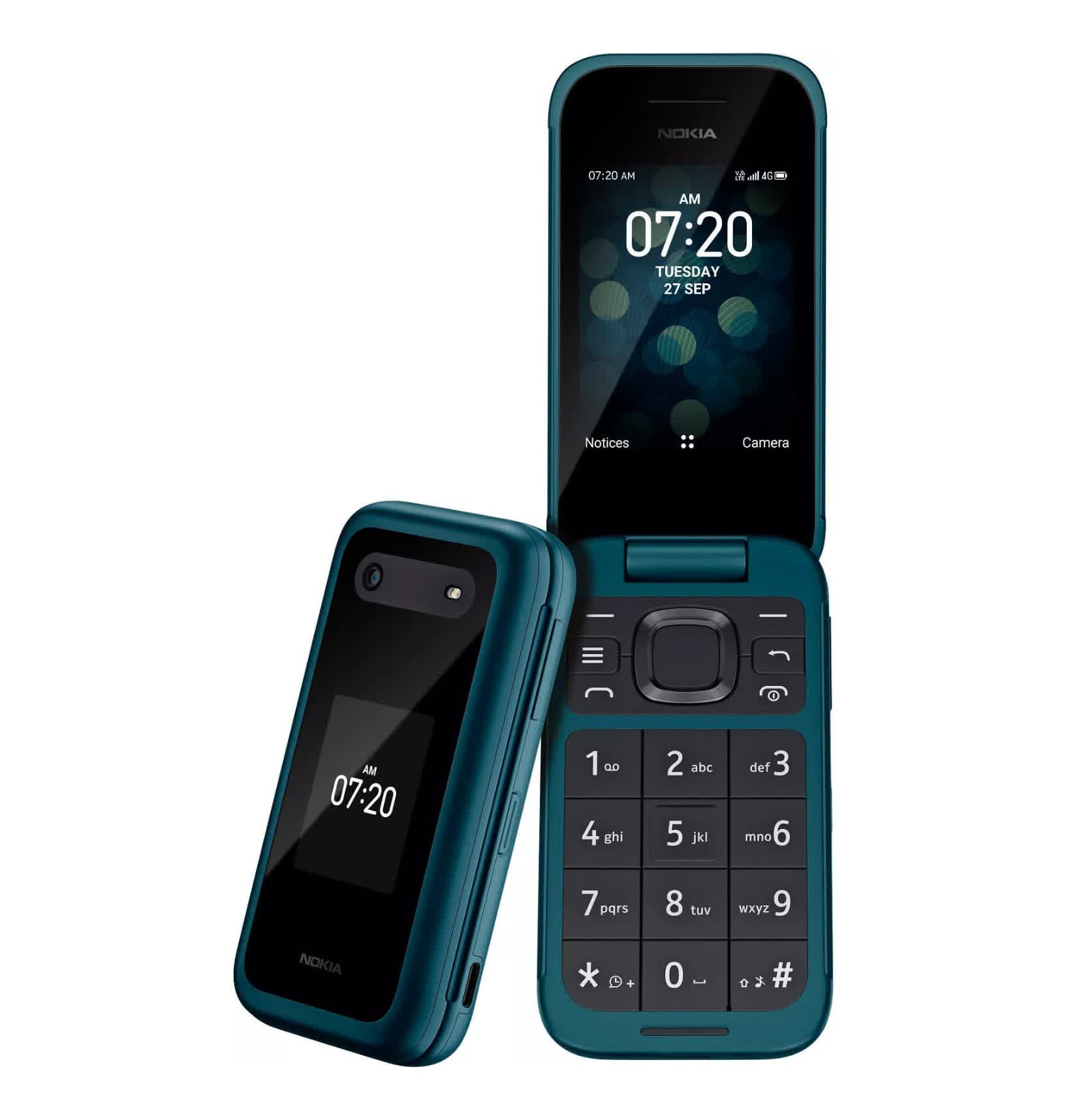When choosing a new phone, the main considerations for most people are price and the choice between Android and iPhone. Both have their unique strengths: iPhones have the advantage of an OS and apps specifically tailored for them. In contrast, Android offers greater flexibility, not being confined to a single manufacturer, and offering a diverse range of features and prices.
This diversity means there are well-rounded options across various market segments, whether you are a budget-conscious buyer, a dedicated iPhone fan, or an Android enthusiast. Additionally, upgrade cycles vary among consumers; some prefer to upgrade every year to keep up with the latest technology, while others may opt for longer intervals, prioritizing durability and value over cutting-edge features.
Our best phones guide aims to help you navigate through these choices and ensure you make an informed decision. We have organized our top picks into key categories based on value and features, as detailed below.
- Best Value Phone
- Best for Most
- Best Mid-Range Phones
- Best Budget Phone
- Best of the Best
- Best Feature Phones
Best Value Phone
Apple iPhone 13 | Google Pixel 8 | OnePlus 12R

Thanks to a second price cut, the iPhone 13 is the most affordable iPhone we can recommend: it's very similar to the iPhone 14 but it saves you $100 for the same storage, starting at 128GB. It is equipped with the same A15 SoC, though it has 4GB of RAM compared to the 6GB in the iPhone 14. Additionally, it boasts an identical 6.1" OLED screen with the same notch and a 60Hz refresh rate. Unlike the iPhone 14 series, the iPhone 13 still supports physical SIM cards.
The camera system is also notably similar, featuring a 12MP front camera and two 12MP rear cameras, one of which is an ultrawide lens with 0.5x optical zoom. The primary distinctions in the iPhone 14 include the Photonic Engine, enhancing low-light photography, and the Action mode, which is useful if you shoot videos while moving. Besides these, the major new additions are two emergency features: crash detection and SOS via satellite (depending on the country).
A more controversial similarity between the iPhone 13 and 14 is that both still require a Lightning cable for faster, wired charging, unlike the newer iPhone 15 which is finally USB-C. Moreover, Apple's omission of a charger in the box is challenging to endorse as an eco-friendly move.
While Apple's strategy prompted competitors to also forgo chargers in their packages, it has sparked a praiseworthy trend: long-term software support. This ensures that when upgrading, you can pass down your iPhone to another family member or sell it in the second-hand market at a respectable price.
Refurbished iPhones?
Because this is a value-first category, it's worth noting that Apple also sells direct refurbished units of the iPhone 13 for $529, which includes a 1-year warranty and a new battery. Amazon also offers refurbished units for even less around $390, but these are more of a gamble in terms of the actual state of the phone inside and out.
Google Pixel 8
Often discounted to $550, the Pixel 8 is Google's best offering for most. Google now guarantees seven years of OS upgrades and security patches. As the brain behind Android, Google's updates are as prompt as Apple's iOS patches.
The 6.2" display has the same 1080p resolution as the Pixel 7, but the 120Hz refresh rate of the $800 Pixel 8 Pro. Camera-wise, the phone features a 50MP main lens, and a 12MP ultrawide sensor. Unlike the Pixel 8 Pro, the Pixel 8 only has the option to save photos at 12MP. The front hosts a 10.5MP camera – ample for most needs, but its fixed focus makes the Pixel less optimal for selfie stick usage.
What makes the Pixel 8 line stand out is the AI tools offered by the Tensor G3 SoC, regardless of how ethical they are. Audio Magic Eraser is useful for removing background noise from videos. Magic Editor allows to move, resize and remove people and objects in photos. 'Best Take' shoots a burst of photos, allowing you to combine faces from different times into the same photo – a feature that was actually introduced by BlackBerry a decade ago. The era of photos being more reliable than drawings is seemingly over.
OnePlus 12R
If you prefer raw horsepower and a bigger display over optimized software and AI photo features, then the OnePlus 12R is a good alternative. For $500 you get a Snapdragon 8 Gen 2 SoC, 8GB of RAM and 128GB of storage. For $100 more you can double both the storage and also the RAM.
The 6.8" display features a non-standard width of 1264p and a 120Hz refresh rate. The phone offers a large 5,500mAh battery and exceptional 100W wired charging (80W in the U.S.). Four years of OS updates and five years of security updates are no longer the most in the Android space, but long enough for the majority of users.
The main camera can save 50MP photos, but those can look under-exposed compared to the default 12.5MP. The selfie camera takes 16MP photos. The 8MP ultrawide lens is functional, but the 2MP macro camera is just a gimmick. Other than that, the phone's main drawback is mediocre water and dust resistance.
Best Phone for Most
Apple iPhone 15 | Samsung Galaxy S24 | Other Alternatives
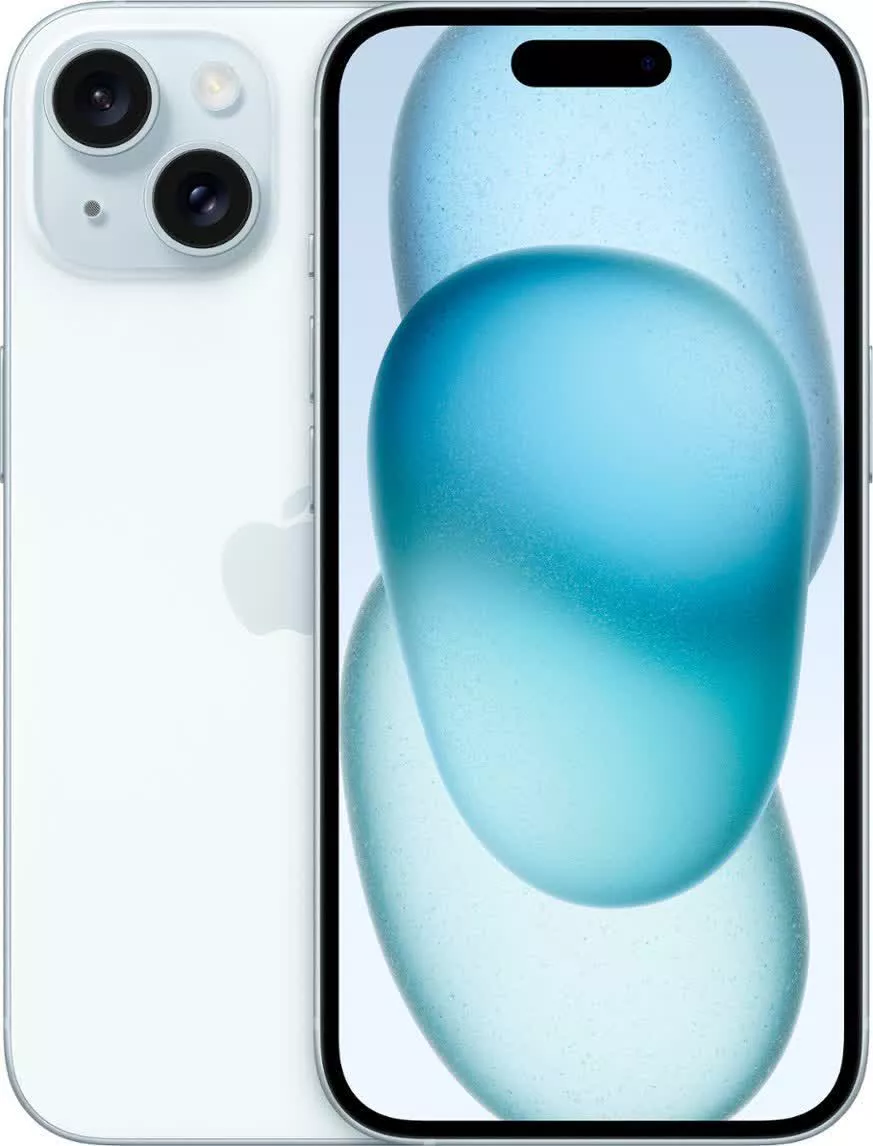
The iPhone 15 looks like a combination of the last-gen iPhone 14 and 14 Pro: the notch has been reduced in size and is now concealed within the "dynamic island," which is useful to display key information from an app running in the background.
As an overall package, it's the full iPhone experience with a solid balance of well-built hardware and software features, except perhaps for the 60Hz screen, which is at a disadvantage compared to competing Android handsets in the same price range.
The main camera can take 48MP photos, but shoots at 24MP by default in favor of higher dynamic range and shutter speed. Under the hood is the same A16 chip as in the iPhone 14 Pro.
One advantage the iPhone 15 has over the 14 Pro is the USB-C connector, although it still only supports USB 2.0 speeds. If you prefer a larger screen and battery over the features we just mentioned, you can get the 6.7" iPhone 14 Plus for the same price or the 15 Plus for an extra $100.
Samsung Galaxy S24
Except for the flatter frame, the Samsung Galaxy S24 bears a striking resemblance to its predecessor. However, with a newer SoC and three additional years of guaranteed software support, the $800 price tag is justified. The Galaxy S23 is available for $100 less, but that mostly makes it look better than the $550 S23 FE, which uses even older internals and cheaper materials.
In the U.S., the Galaxy S24 is powered by the Snapdragon 8 Gen 3 SoC – currently the pinnacle in the Android sphere. In other countries, it uses Samsung's own Exynos 2400. In day to day use, the difference will be indistinguishable, and the Samsung chip is notably superior in games using ray tracing. The promise of seven years of OS updates and security patches addresses the long-standing gripe many Android users have about being excluded from the latest features.
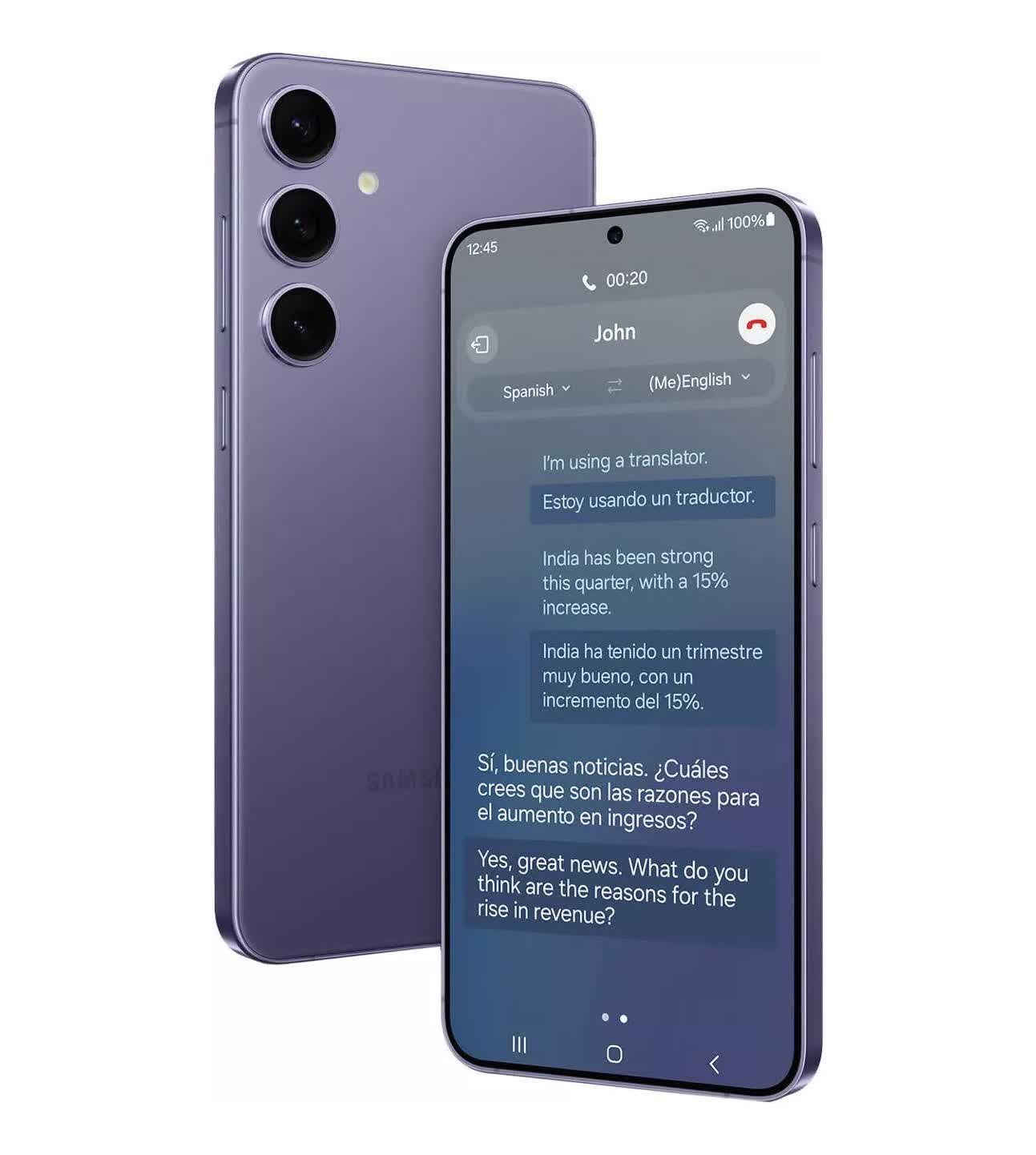
With 8GB of RAM and a 120Hz refresh rate, Samsung's One UI Android interface glides effortlessly on the 6.2" AMOLED display. For those who favor larger screens, the Galaxy S24+ offers a 6.7" display (with a higher 1440p resolution), a bigger battery to compensate, 12GB of RAM, and 45W wired charging compared to the base model's 25W. Additionally, it features ultra-wide band (UWB) support, ideal for pinpointing Bluetooth-linked items such as Galaxy SmartTags.
The Galaxy S24+ starts at $1,000, providing 256GB of base storage, so if you were planning to get that amount anyway, it's only $140 more expensive than the S24. All 256GB Samsung models utilize the swifter UFS 4.0 standard over 3.1, theoretically doubling the speed for file operations.
In terms of camera specifications, both the S24 and S24+ closely resemble the S23, and by extension the S22. The 50MP primary camera can showcase its prowess when you zoom into minute details, but by default saves 12MP photos. This primary lens collaborates with a 12MP ultrawide and a 10MP telephoto sensor boasting a 3x optical zoom.
With One UI 6.1, Samsung is trying to compete with Google's AI features. The problem is, since much of the processing doesn't happen on the device itself, the service may not remain free for long. Circle to Search, in collaboration with Google, is the most intuitive feature. Live Translate sounds impressive, but other than translation errors it's simply not convenient for phone calls. Note Assist is useful for summarizing relatively short texts. Photo Assist is the answer to Magic Editor, but doesn't handle reflections and shadows very well.
More Alternatives
If you want a phone with a big display and a high-end camera system for a decent price, the Google Pixel 8 Pro is a great alternative to the Galaxy S24 line, often selling for $800 with 128GB of storage. Google's Tensor G3 isn't as fast as the Snapdragon 8 Gen 3 (except for AI), but it's paired with 12GB of RAM. The 6.7" display is a bit less standard at 1344 pixels wide. It has a 50MP main camera, a 48MP ultrawide lens, and a formidable 48MP telephoto sensor with a 5x optical zoom. The 10.5MP front camera features autofocus.
On paper, the OnePlus 12 combines the best of all worlds with a 6.7", 1440p display, a 64MP telephoto lens with a 3x optical zoom, the Snapdragon 8 Gen 3, and 50W wireless charging. However, the software holds the cameras back, and at $800 it's still too expensive for a device that may not survive a drop into water.
Foldable phones, like the Samsung Galaxy Z Flip 5, might seem tempting. However, their design restricts battery and camera configurations. With a last-gen SoC and a noticeable crease when unfolded, the Flip 5's $800 price point is the same as the Galaxy S24's, and it's more scratch-prone and lacks dust resistance.
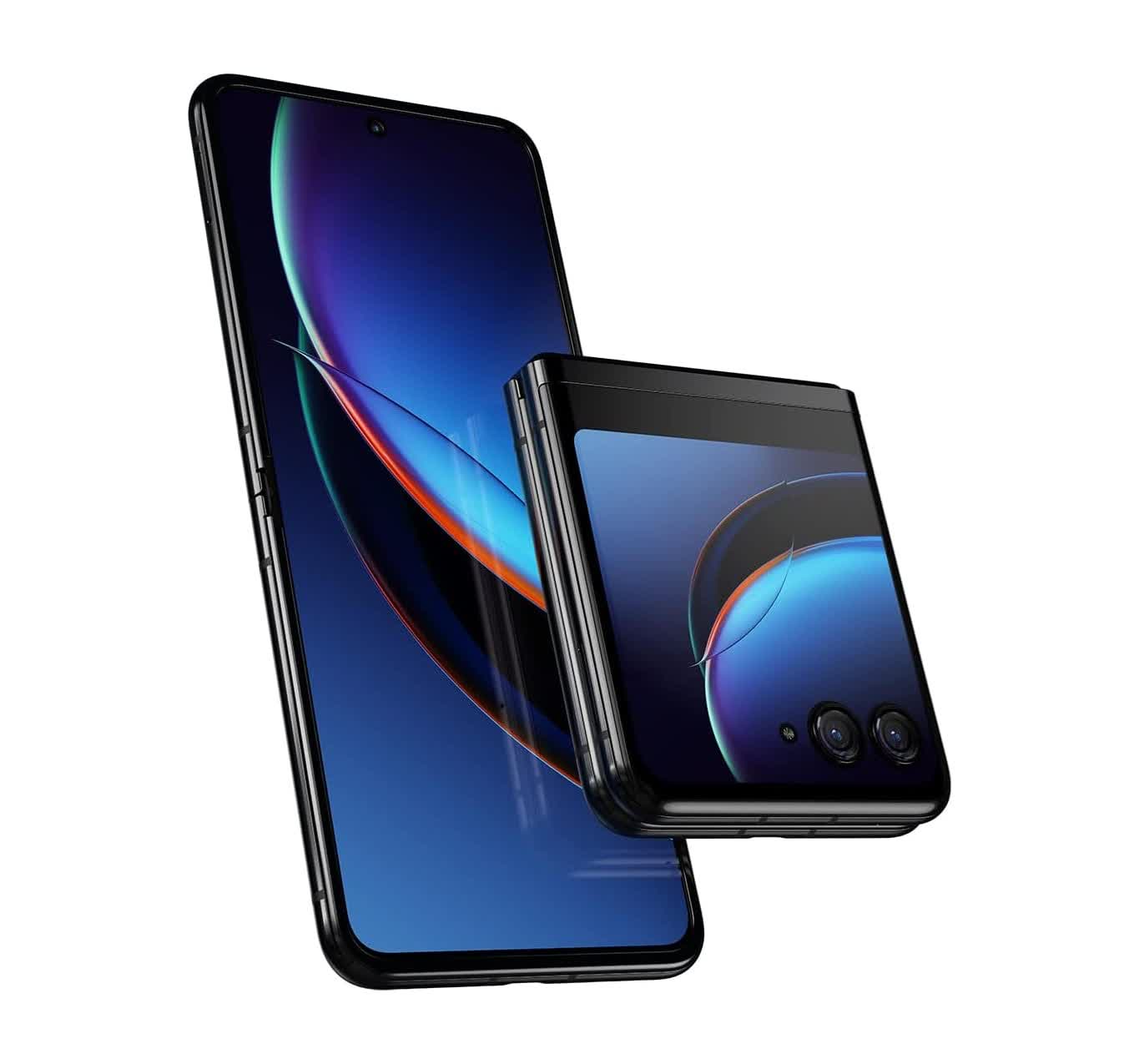
The Motorola Razr+ is also foldable (a.k.a. Moto 40 Ultra) offers a higher-quality external display that can fully replace the main one more often, a more subtle crease, and much better dust resistance but much worse water resistance.
It's also cheaper at $700, but comes with an even older SoC. Unless you really need the unique form factor, you should probably look elsewhere.
Best Mid-Range Phones
Google Pixel 7a | Samsung Galaxy A54 | Apple iPhone SE
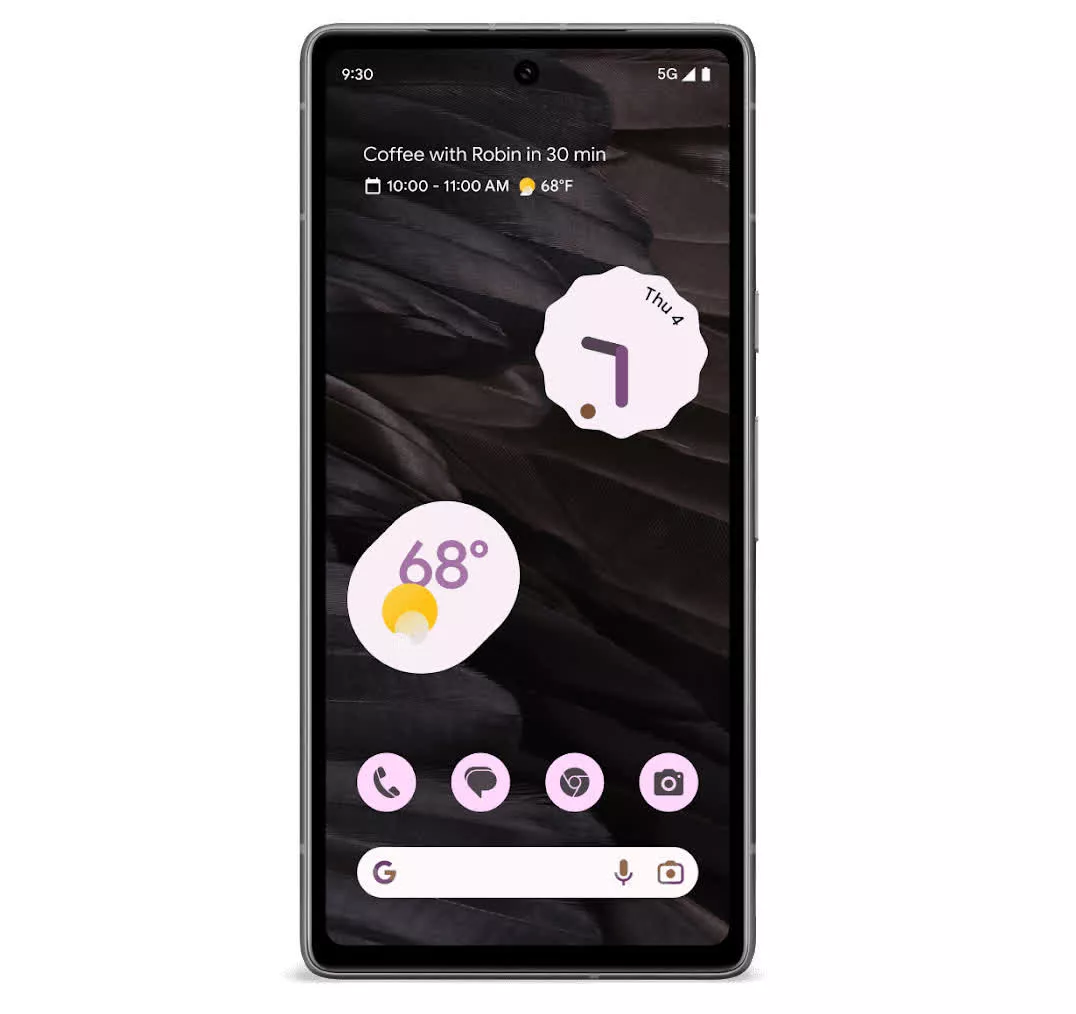
Several phones will let you enjoy great software features and support without paying flagship money. When available for $374, the Google Pixel 7a from the last generation offers the best value.
The device uses the same Google Tensor G2 chip found in the rest of the Pixel 7 series and comes with 8GB of RAM and 128GB of storage. The always-on 6.1" OLED display has a 1080p resolution and a 90Hz refresh rate, which might be a silver lining considering battery longevity isn't its strongest suit.
The phone features a 64MP rear camera (saving 16MP photos), while the rear ultrawide and front cameras are both 13MP. Notably, these specifications exceed those of the Pixel 8, as well as the standard Pixel 7. However, these phones use wider pixels to capture more light per pixel, especially on the main camera.
The Pixel 7a will get two more years of Android updates, and four more years of security updates. Support for the older Pixel 7 will end seven months before. If the two phones are available for a similar price, be aware that the regular 7 model offers enhanced resistance to water and scratches, faster charging (particularly wireless, with 20W vs. 7.5W), a higher maximum brightness, and a 256GB storage option.
Samsung Galaxy A54
If you prefer Samsung's software features (minus Galaxy AI and Dex), the company does have an alternative phone for you, often available for the same price or even for $350. For that money, you'll get a 120Hz refresh rate on the 6.4" OLED screen (1080p), longer battery life, expandable 128GB of storage, and a glass rear panel.
Like the Pixel 7a, the phone will get four more years of security updates, including three years of Android updates. But note that the Exynos 1380 SoC (with 6GB of RAM) won't match the Pixel's Tensor G2.
The phone features three cameras on the back, including a 50MP main unit, a 12MP ultrawide and a 5MP macro camera for close-up shots, but the software processing simply can't get the most out of them. The same is true for the 32MP selfie camera. Yet, when selling for a similar price to the Pixel 7a, it's a good option.
Apple iPhone SE 2022
The iPhone SE 2022 stands out in notable and questionable ways. Starting at $429 with 64GB of storage, this compact powerhouse boasts 5G connectivity (sub-6GHz) and can outperform pricier Android flagships. Yet, you'd be hard-pressed to find such an outdated display and prominent bezel design on any other phone priced over $400.
The SE runs on the same A15 Bionic chip as the iPhone 14, which translates to blazing performance and industry-leading software support. Its single-lens 12MP rear camera, although less versatile than multi-lens systems, consistently delivers. The 7MP front-facing camera follows suit.
What's disappointing is that you'll be experiencing this internal hardware on a sub-par 4.7-inch 750p 60Hz display. The big bezels, top and bottom, don't help either. Perhaps the only thing going for it here is the return of the iconic Home button with Touch ID, which some Apple users still prefer (and miss) over Face ID.
Owing to its compact design, the iPhone SE 2022 doesn't excel in battery longevity. Despite the optimized SoC and software, the 2,018mAh battery is nearly half the capacity of what mid-tier Android competitors offer. Thus, nightly charging, especially with 5G active, becomes a routine. But if all you really care about is buying a cheap iPhone, the SE 2022 with all its compromises remains a good bet for some.
Best Budget Phone
Samsung Galaxy A15 5G | Other Alternatives
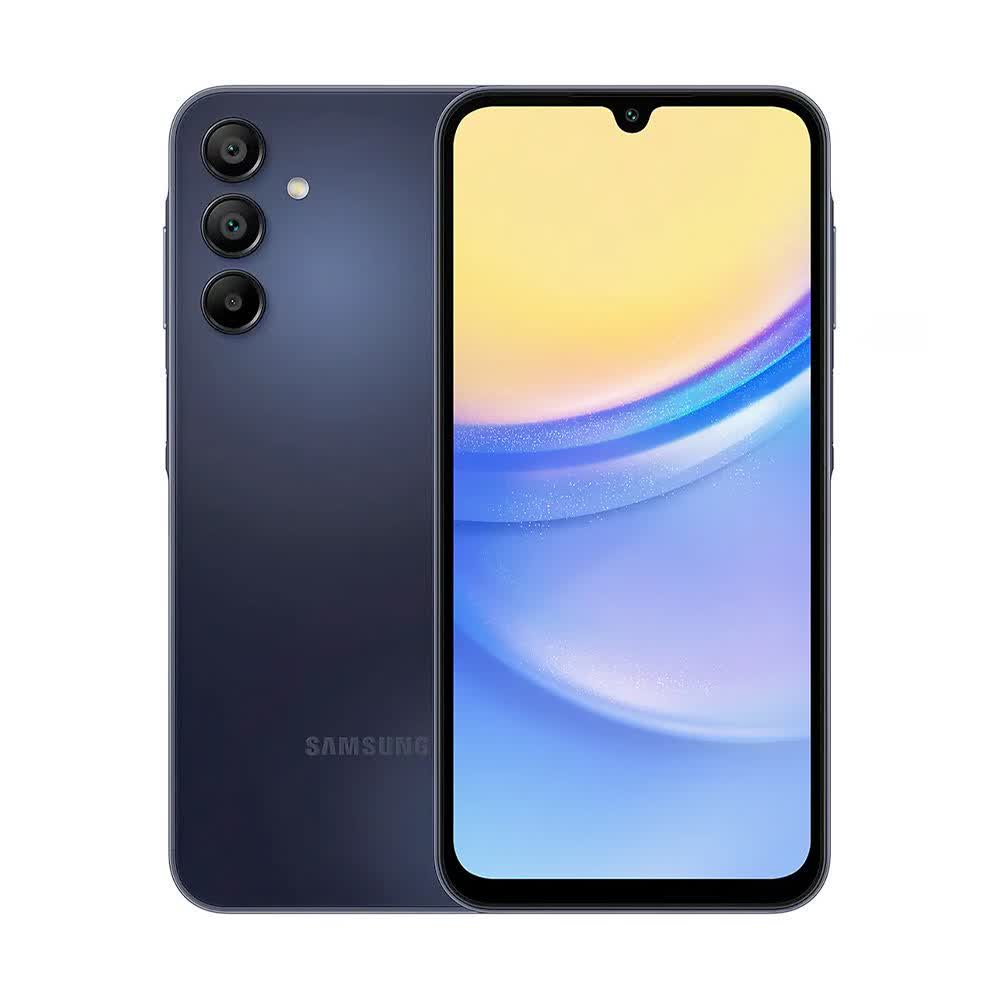
If you're in the market for an affordable $200 device that can handle the tasks most users demand from their phones – albeit not always as proficiently – the Samsung Galaxy A15 5G is a compelling option. Four years of Android updates and five years of security updates are more than you are going to get anywhere else for this price.
The 6.5" 1080p AMOLED display offers great contrast, and it also runs at 90Hz. Additionally, the phone supports NFC for contactless payments.
The Galaxy A15 features a 13MP front-facing camera, and on the rear three cameras: a 50MP primary lens, along with a 5MP ultrawide camera and a 2MP macro sensor. As expected, the MediaTek Dimensity 6100+ (With 4GB of RAM) doesn't do a great job at utilizing those lenses. The phone does feature 128GB of storage, and that can be expanded with microSD.
Thanks in part to the modest hardware, the phone features good battery life, and it also supports 25W charging. Another benefit of the budget device is the headphone jack, but on the other hand, the mono speaker is as basic as you can imagine.
More Alternatives
If you replace your phone often, then you have decent alternatives, such as the OnePlus Nord N30 5G. The older N20 5G offers a nicer AMOLED screen, but with just one year of security updates left, it's getting harder to recommend.
The N30 is a bit more expensive than the Galaxy A15 at $250, but offers a 120Hz refresh rate on its 6.7" LCD display, stereo speakers and 8GB of RAM. Not only it supports 50W charging, but it also comes with a charger in the box.
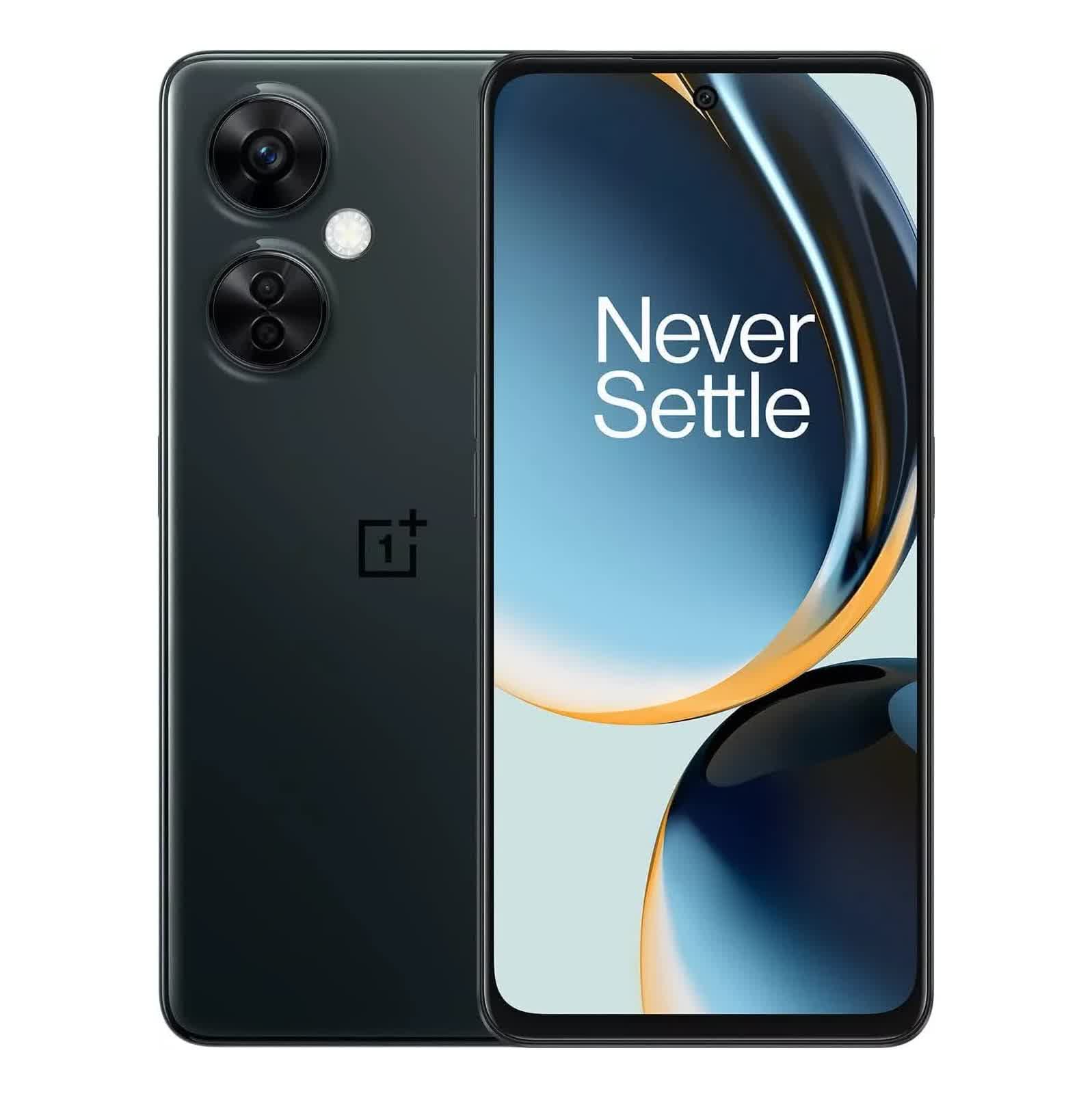
The main camera can take 108MP photos, but with a small pixel size you'll often want to use the 12MP mode, which combines the light from nine pixels into one. The front camera takes decent 16MP photos, but the rear 2MP macro and depth cameras are mostly an embellishment.
If you can't spend more than $200, you can also check out the last-gen Motorola Moto G Power 5G. Like the Nord N30, it features a 120Hz LCD display (6.5"), stereo speakers and two more years of security updates. It only comes with 6GB of RAM, but has 256GB of built-in storage. It only supports 15W charging though, and comes with a 10W charger.
The Moto has a 50MP main camera, but with the same pixel size as the Nord's you'll often want to shoot at 12.5MP. The rest of the cameras are similar to those of the OnePlus phone.
Best of the Best
iPhone 15 Pro Max | Samsung Galaxy S24 Ultra
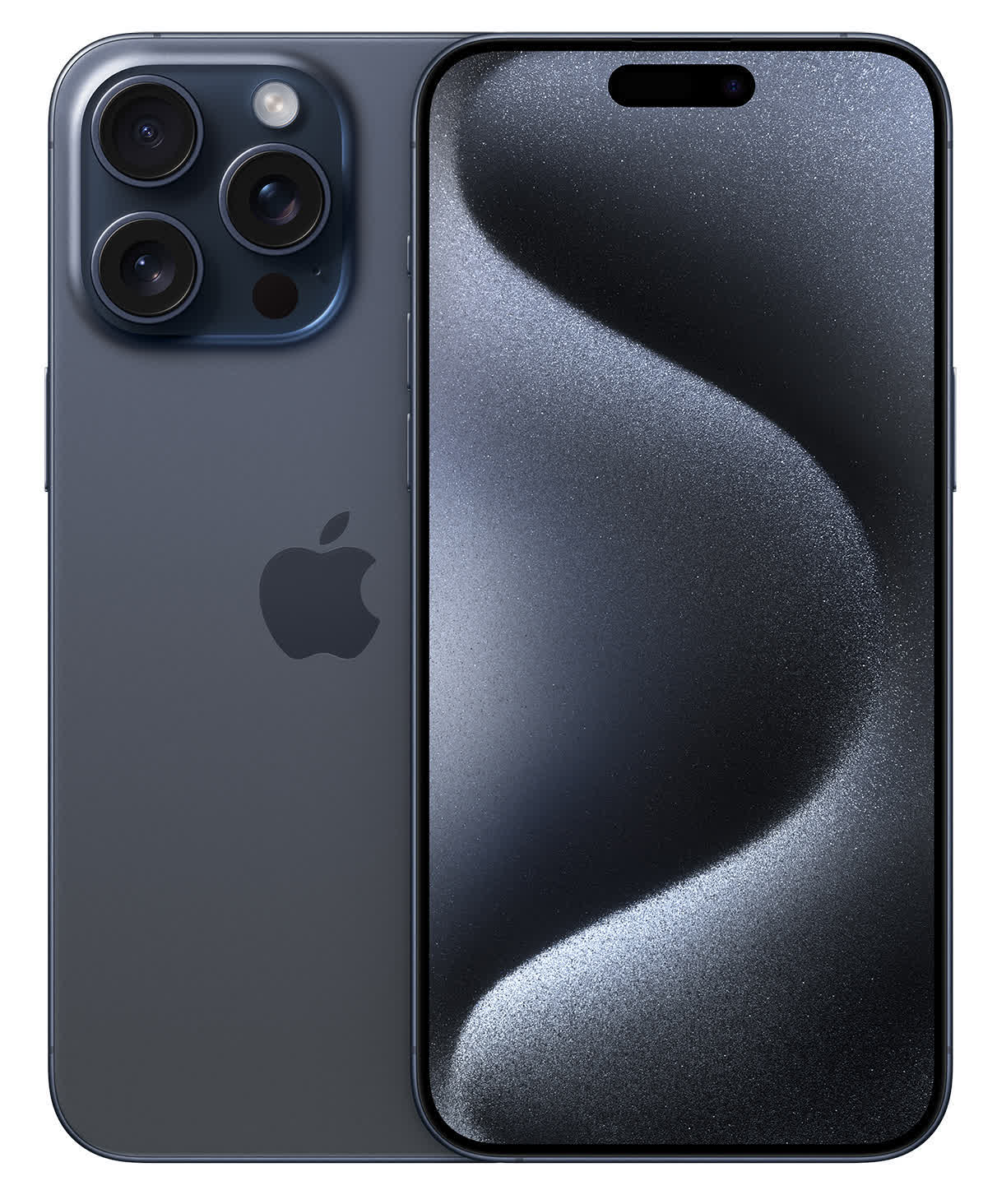
The iPhone 15 Pro Max sports an always-on 6.7" display that supports a 120Hz refresh rate. The primary camera is complemented by a telephoto lens that offers 5x optical zoom. The Pro line differentiates itself with the A17 Pro SoC, and supporting USB 3.1 (or "3.2 gen 2") speeds via USB-C. Even though there are several upgrades this generation, there may not be enough for current iPhone 14 Pro owners to upgrade.
On paper, Apple's top-tier smartphone may appear to offer similar features to those found in mainstream products from other companies. However, thanks to iOS and its finely-tuned apps, its performance is notably superior. The hardware is also top notch and more carefully built than most.
The iPhone 15 Pro Max is the only model that's not available with 128GB of storage. Priced at $1,200 with 256GB, it is steep, especially when contrasted with a $700 iPhone 13 with the same 256GB. If you're inclined towards a more compact device (and can live with 3x optical zoom), the regular iPhone 15 Pro will save you $100 though the Max is where its at for a top of the line smartphone.
Samsung Galaxy S24 Ultra
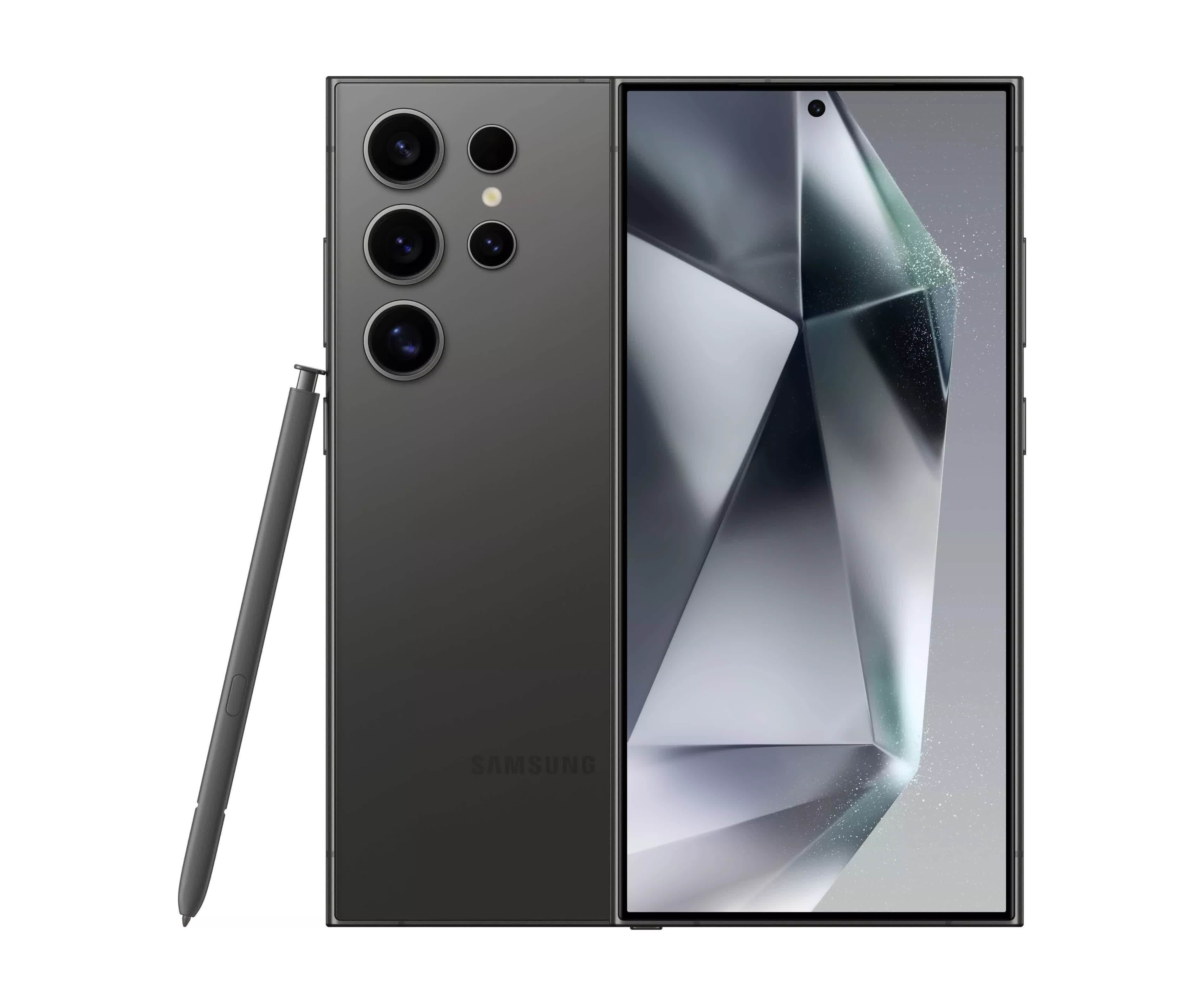
The Samsung Galaxy S24 Ultra distinguishes itself from the rest of the S24 lineup featuring a rectangular profile with a 6.8" display. Unlike its S3 Ultra predecessor, the screen is no longer curved. It's visibly longer and thicker than the S24+, but the display still looks sharp at 1440 pixels wide.
Camera-wise, the primary lens remains with a staggering 200MP. The telephoto lens has been replaced, and the new one offers 50MP instead of 10MP, but only 5x optical zoom instead of 10x. For those who dabble in digital art or frequent note-taking, the bundled S Pen will undoubtedly be the standout feature.
The Ultra starts at $1,300 with 256GB of storage (upgradable up to 1TB), which is $100 more than the S23 Ultra, but all versions include 12GB of RAM. That's also $300 more than the S24+ with the same internal specs and SoC, but on a sale that difference may shrink.
Best Feature Phones
Nokia 6300 4G | Nokia 2780 Flip

If you want to remain available on a camping trip lasting several days, or you want to buy a phone because you actually want a phone, then an old-school feature phone will get you the best value by far. If you can trust any of the companies that still make those, it must be Nokia.
The Nokia 6300 4G runs KaiOS which is capable of running WhatsApp (text only), YouTube, Facebook and Google Maps on its non-touch, QVGA display (320 x 240 pixels). You can also use the phone as a Wi-Fi hotspot, but its replaceable battery isn't built for extensive use of that feature.
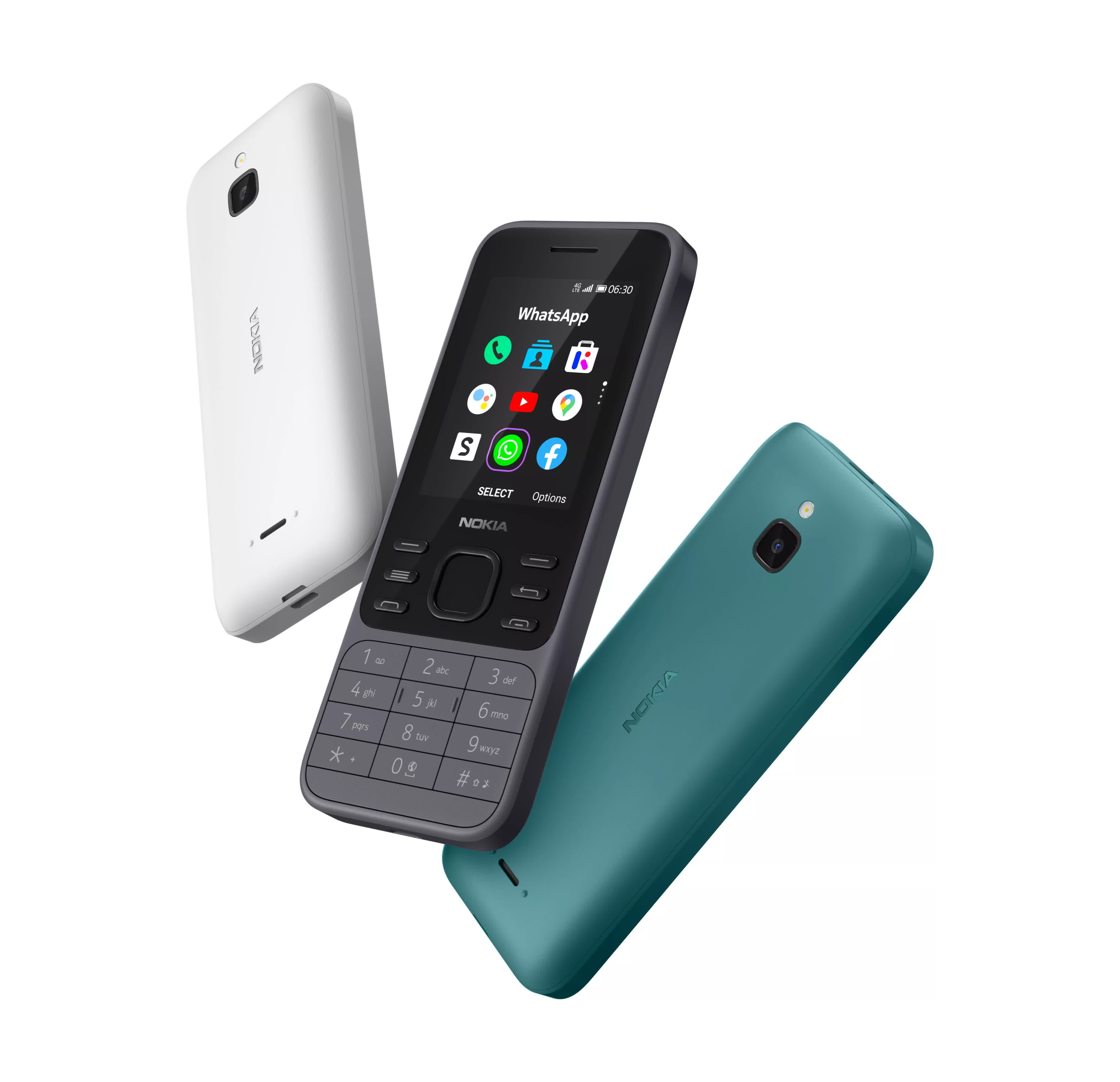
The phone uses the low-end but modern Snapdragon 210 alongside 512MB of RAM, and 4GB of storage that can be expanded with a microSD card (up to 32GB). The 0.3MP camera is mostly useful for taking photos of your other camera.
The Nokia 6300 4G features a headphone jack, and the included headset also serves as an antenna for the phone's built-in FM radio. With Bluetooth 4.0, you'll also be able to use wireless sound devices. Also included is a Micro USB 2.0 charger. You could buy two units of this phone for less than the cheapest smartphone we recommend, but thanks to its dual-sim support, you may not need to.
For a bit more money, you can get the Nokia 2780 Flip. The clamshell form factor allows it to include bigger buttons for easier typing, and a 5MP camera with flash.
The phone also has an external display that shows the time and caller ID. With a USB-C charging port, you may not need to carry another charger for it. Another feature that might be interesting for the phone's audience is its hearing-aid compatibility (M4/T4).
